ASOR Conference Boston 2017 - ICAANE Conference Munich 2018 – Collected Papers
| Herausgeber: | Bietak, Manfred / Prell, Silvia |
| Reihe: |
|
| Bandnummer: | 9 |
| Umfang/Format: | 418 pages, 192 ill., 30 tables, 23 diagrams, 26 maps, 3 plates |
| Sprache: | English |
| Ausstattung: | Book (Hardback) |
| Abmessungen: | 21.00 × 29.70 cm |
| Gewicht: | 1968g |
| Erscheinungsdatum: | 17.12.2019 |
| Preise: | 128,00 Eur[D] / 131,60 Eur[A] |
| ISBN: | 978-3-447-11332-8 |
| DOI: | 10.13173/9783447113328 |
The Enigma of the Hyksos Volume II
Mourad, Anna-Latifa
Transforming Egypt into the New Kingdom. The Impact of the Hyksos and Egyptian-Near Eastern Relations
| series: |
|
| volume: | 10 |
| pages/dimensions: | 464 pages, 172 ill., 4 maps, 8 tables |
| language: | English |
| binding: | Book (Hardback) |
| dimensions: | 21.00 × 29.70 cm |
| weight: | 1867g |
| publishing date: | 04.08.2021 |
| prices: | 128,00 Eur[D] / 131,60 Eur[A] |
| ISBN: | 978-3-447-11590-2 |
| DOI: | 10.13173/9783447115902 |
| The Enigma of the Hyksos. Volume III |
| |
|
|
|
|
|
|
|
|
Prell, Silvia
Vorderasiatische Bestattungssitten im Ostdelta Ägyptens – eine Spurensuche
| series: |
|
| volume: | 11 |
| pages/dimensions: | IV, 284 Seiten, 160 Abb. |
| language: | Deutsch |
| binding: | Buch (Hardcover) |
| dimensions: | 21,00 × 29,70 cm |
| weight: | 1245g |
| publishing date: | 13.10.2021 |
| prices: | 98,00 Eur[D] / 100,80 Eur[A] |
| ISBN: | 978-3-447-11706-7 |
| DOI: | 10.13173/9783447117067 |
|
|
|
|
|
|
|
|
|
|
|
|
|
|
The Enigma of the Hyksos Volume IV
|
|
Changing Clusters and Migration in the Near
Eastern Bronze Age. Collected Papers of a Workshop held in Vienna
4th−6th of December 2019
| editor(s): | Bietak, Manfred / Prell, Silvia |
| series: |
|
| volume: | 12 |
| pages/dimensions: | 552 pages, 256 figures, 18 tables |
| language: | English |
| binding: | Book (Hardback) |
| dimensions: | 21.00 × 29.70 cm |
| weight: | 2170g |
| publishing date: | 01.12.2021 |
| prices: | 138,00 Eur[D] / 141,90 Eur[A] |
| ISBN: | 978-3-447-11737-1 |
| DOI: | 10.13173/9783447117371 | |
The Enigma of the Hyksos Volume V.
Priglinger, Elisa
Überlegungen zum Ende der drei Reiche im alten Ägypten
| series: |
|
| volume: | 13 |
| pages/dimensions: | XII, 256 Seiten, 2 Abb., 5 Tabellen |
| language: | Deutsch |
| binding: | Buch |
| dimensions: | 21,00 × 29,70 cm |
| weight: | 1165g |
| publishing date: | 16.03.2022 |
| prices: | 98,00 Eur[D] / 100,80 Eur[A] |
| ISBN: | 978-3-447-11762-3 |
| DOI: | 10.13173/9783447117623 |
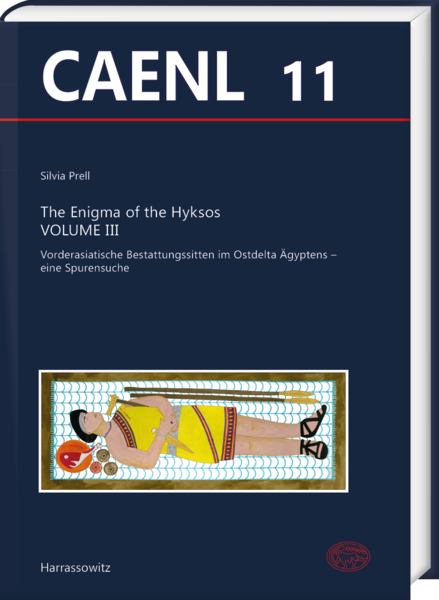
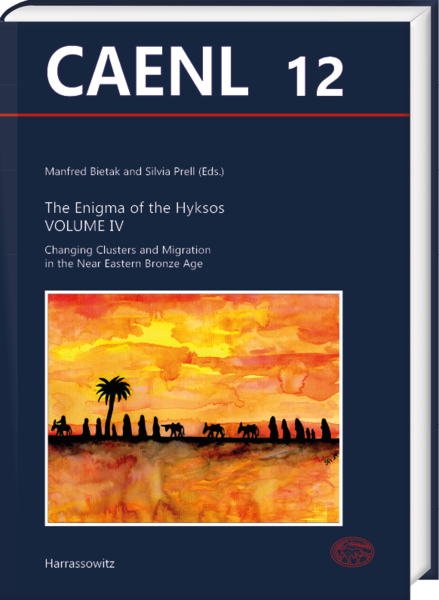
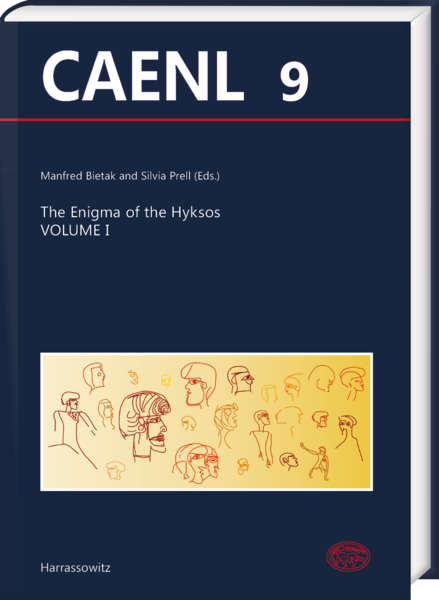
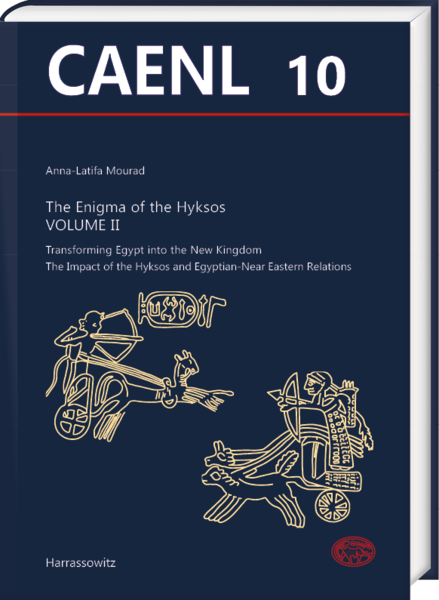
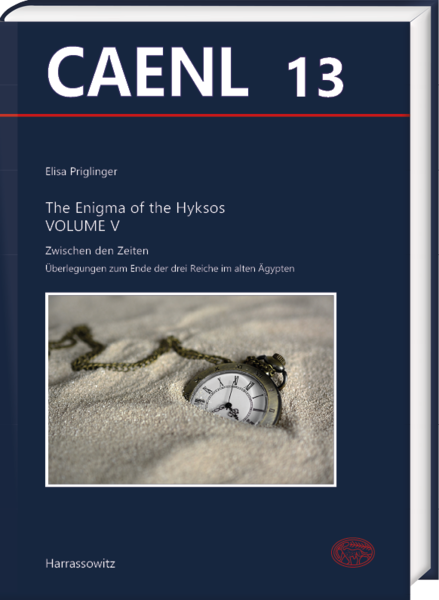





No comments:
Post a Comment